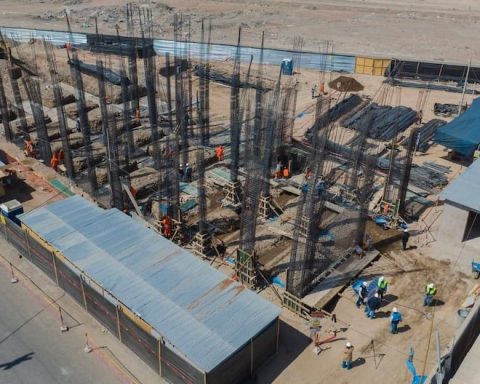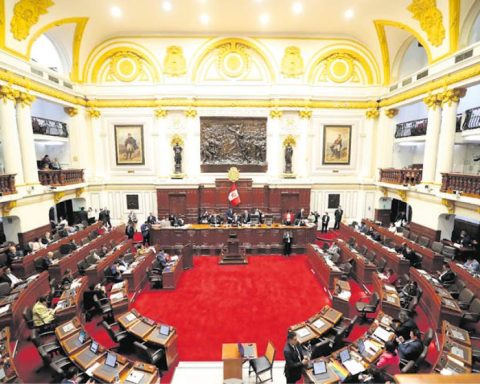Peru faces a significant increase in the number of emigrants, with an average of 246,000 people leaving the country each year between 2022 and 2024, according to a recent study by the Central Reserve Bank (BCR). This trend, which represents almost double the levels observed in 2017, coincides with a period of economic slowdown in which average annual growth was just 0.8% between 2019 and 2023.
Look: Arista ignores the commitment to lower the fiscal deficit to 2.8% of GDP
The departure of thousands of Peruvians, many of them young and qualified, poses a challenge for the country’s development, as it implies a loss of essential human capital. According to the BCR, this phenomenon is linked to the limited dynamism of the economy and the search for better job opportunities abroad.
Migration context
According to the monetary authority, Peru has historically been a country with a negative migration balance. Since 1950, more people have left the country than entered it, according to United Nations records. However, this trend was temporarily reversed in the last decade thanks to the arrival of Venezuelan migrants, who reached a peak of 1.5 million in 2022, according to figures from the United Nations High Commissioner for Refugees (UNHCR).
However, the most recent data reveal a return to negative migration flows due to the increase in the rate of emigrants. Between 2016 and 2020, Peru registered an emigration rate of 3.6 per thousand inhabitants, a figure that rose to 6.4 per thousand between 2021 and 2024, according to the BCR.
Challenges and solutions
The BCR warns that this phenomenon can compromise the long-term growth of the country, since many of the people who emigrate are highly productive and contribute significantly to the economy.
“In the case of Peru, the recent increase in emigration could be partly associated with the lower dynamism of economic activity in recent years, with an average annual growth of less than 0.8% between 2019 and 2023. The negative migration flow could imply the loss of human capital necessary for the development of the country,” indicated the BCR.
However, it also highlights that the implementation of structural reforms aimed at reactivating economic growth could reduce emigration intentions.
These reforms, according to experts, should be associated with enhancing the productivity of the economy, such as improving infrastructure, reducing access to procedures, proposing policies to reduce informality, promoting innovation and improving access to health and education. .
Take advantage of the NEW EXPERIENCE, receive our enriched digital newspaper by mail and WhatsApp. Peru21 ePaper.
Now available in Yape! Find us at YAPE Promos.
RECOMMENDED VIDEO

















